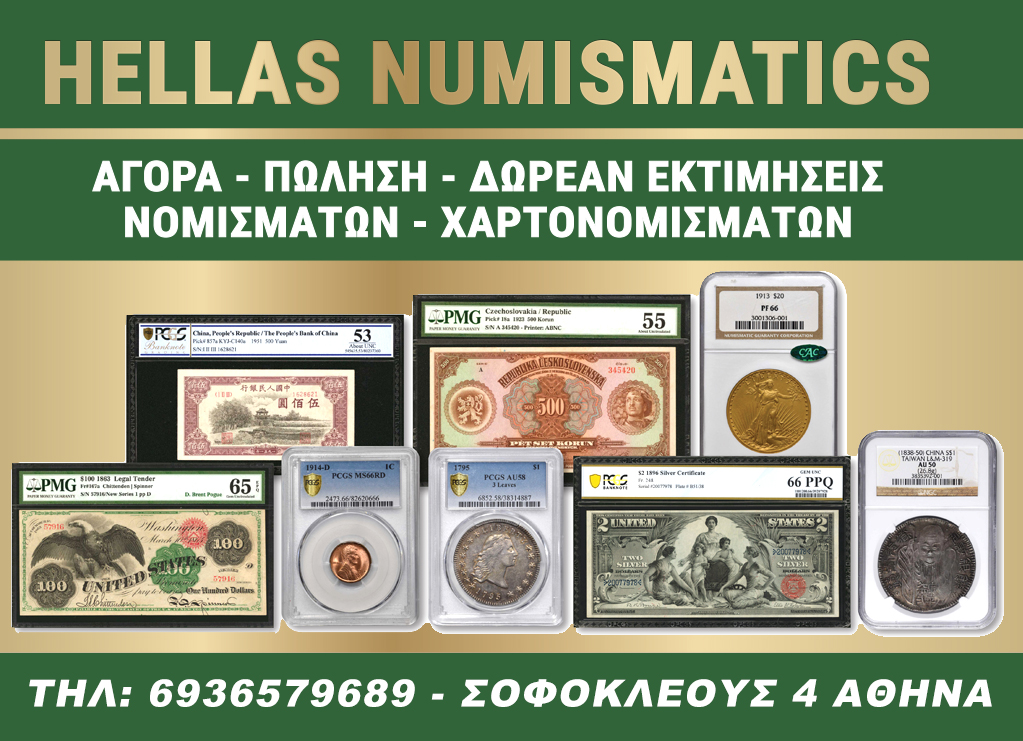Mint Condition: How one can Distinguish Scarce US Coinage from Standard Pieces
In the world of numismatics, the joy of uncovering a rare U.S. coin is often an exhilarating experience. Collectors frequently fantasize about coming across hidden treasures, yet differentiating these valued pieces from their more common variants demands a sharp eye and knowledge of several key factors. Whether you're a seasoned collector or just starting your journey, understanding how to recognize rare U.S. coins is vital for developing a valuable collection.
The rarity of a coin can arise from different aspects, such as the coin's mintage, condition, and historical importance. By focusing on these elements, you may increase your likelihood of locating coins that are both visually attractive and possess considerable financial value. In this article, we will delve into the fundamental traits that differentiate rare U.S. coins from others, arming you with the knowledge necessary to make informed choices in your collecting endeavors.
Identifying Uncommon Coins
To identify scarce U.S. coins, you must first grasp what makes a coin rare. Rarity often arises from multiple elements, including low mintage, historical relevance, and unique characteristics. Coins that were created in restricted numbers or those that had a limited production run are usually more highly valued. Acquainting yourself with the history of different coins can offer clarity into their value.
Next, inspect the physical attributes of the coin, such as its condition, mint mark, and particular design elements. A currency in excellent condition can be considerably more valuable than one that shows substantial wear. Additionally, origin marks can impact a currency's value, as particular mint locations created fewer currency. Be on the lookout for traces of rarity like unusual varieties or mistakes in minting, which can make a currency highly desired by collectors.
Finally, use materials such as price guides, numismatic organizations, and experienced currency experts. These guides can assist you determine the worth of a currency and its level of scarcity. Attend numismatic events and sales to develop experience and see uncommon currency in person. Connecting with the coin community can improve your expertise and enable you create well-grounded conclusions when recognizing uncommon U.S. coins.
Factors That Affect Rarity
The rarity of U.S. coins is determined by several important factors, especially their mintage numbers. Coins that were produced in small quantities are typically more desirable by collectors. For instance, items with limited mintage figures often receive higher prices because less are available on the market. Understanding buy cac certified rare coins and the total production year can provide understanding into how rare a specific coin can be.
Moreover significant factor is the condition of the coin. Coins that have been carefully maintained and show slight wear are placed into elevated categories of rarity. Grading systems, such as the Sheldon Scale, help determine a coin's condition, which can dramatically influence its value. A coin graded at a higher level, with less imperfections, is usually more unique and more desirable than a heavily circulated one.
Historical importance also plays a crucial role in determining rarity. Coins linked to specific events, notable figures, or special designs can enhance their collectible value. For example, coins that were part of a special release or those that commemorate significant moments in U.S. history tend to be more uncommon. Rarity becomes a combination of how many were made, their condition, and the story behind them.
Preservation and Value
Regarding the topic of rare U.S. coins, preservation is essential for their worth. Proper storage techniques should be adopted to avoid damage from environmental factors like temperature changes, moisture, and light exposure. Utilizing coin holders, albums, or sealed containers assists in preserving coins from physical wear and tarnishing. Always touch coins by the edges to prevent fingerprints and oils from your skin from damaging their surface.

The value of valuable U.S. coins depends on their condition and rarity. Grading systems, such as the Sheldon Scale, assess coins on a scale from one to seventy, with higher numbers indicating better condition. Coins that are in excellent condition not only fetch higher prices but also attract collectors and investors. As a result, understanding the grading process and keeping coins in top condition is crucial for boosting their value over time.
Furthermore, market trends influence determining the value of rare U.S. coins. It is essential for collectors to be aware of auction results, dealer sales, and overall market demand. Specific coins can gain or lose value based on collector interest, historical significance, or even changes in economic conditions. By remaining informed on these factors, collectors can make informed decisions about buying, selling, or holding their rare coin investments.